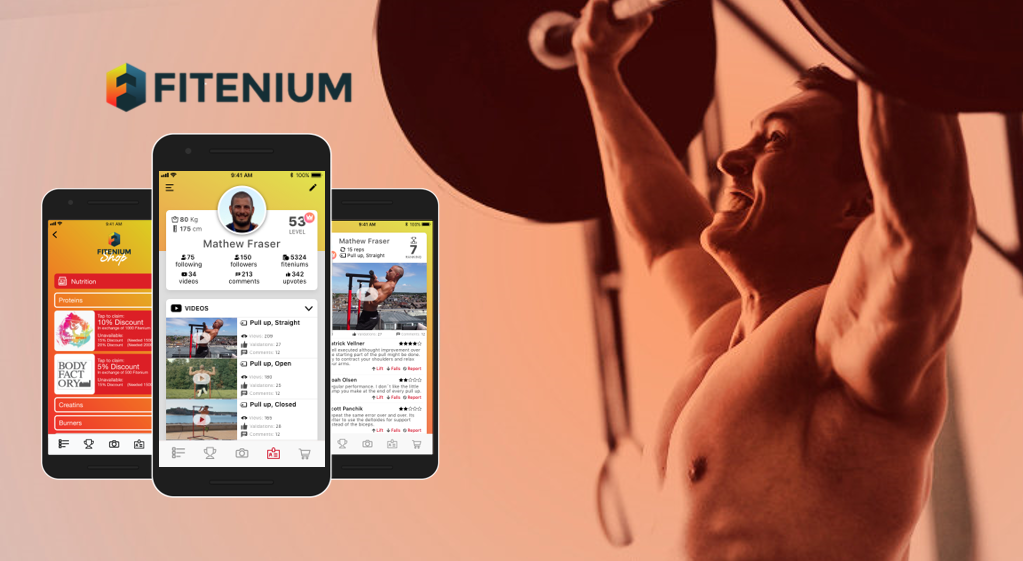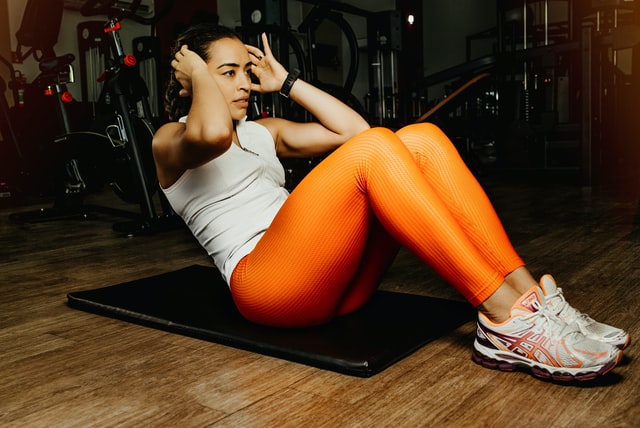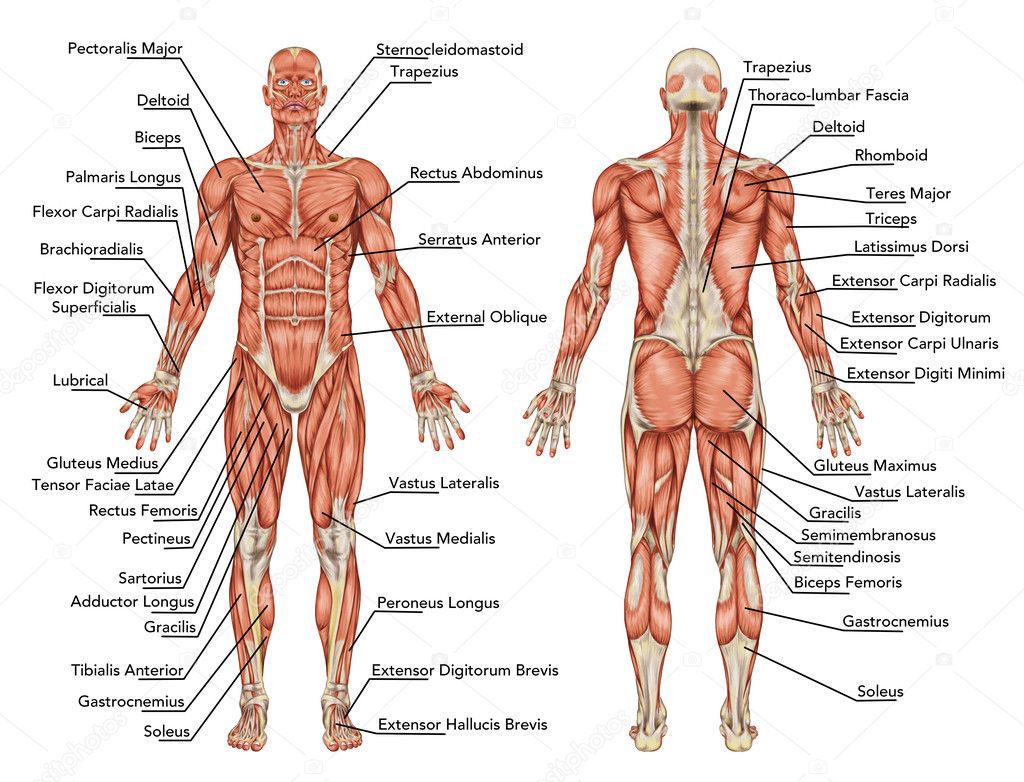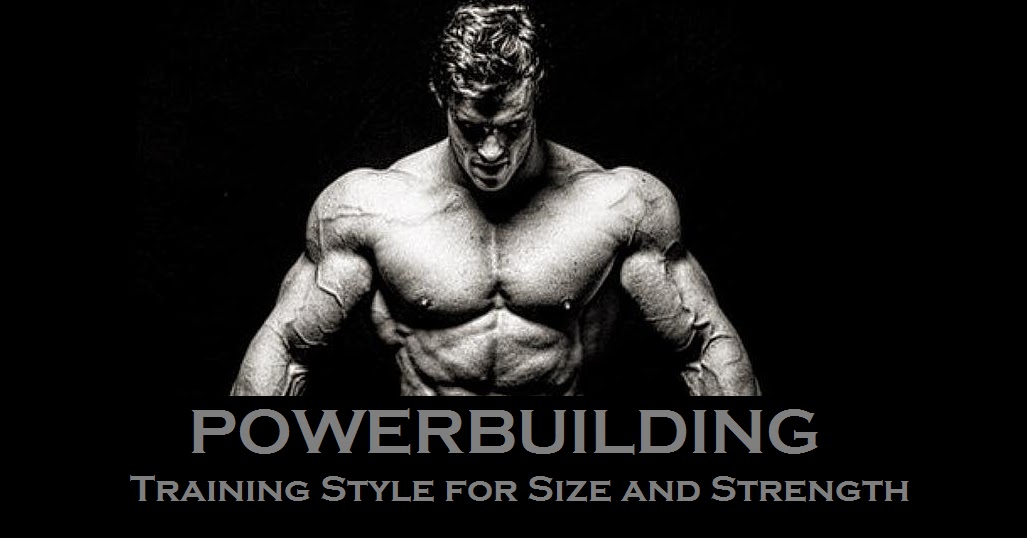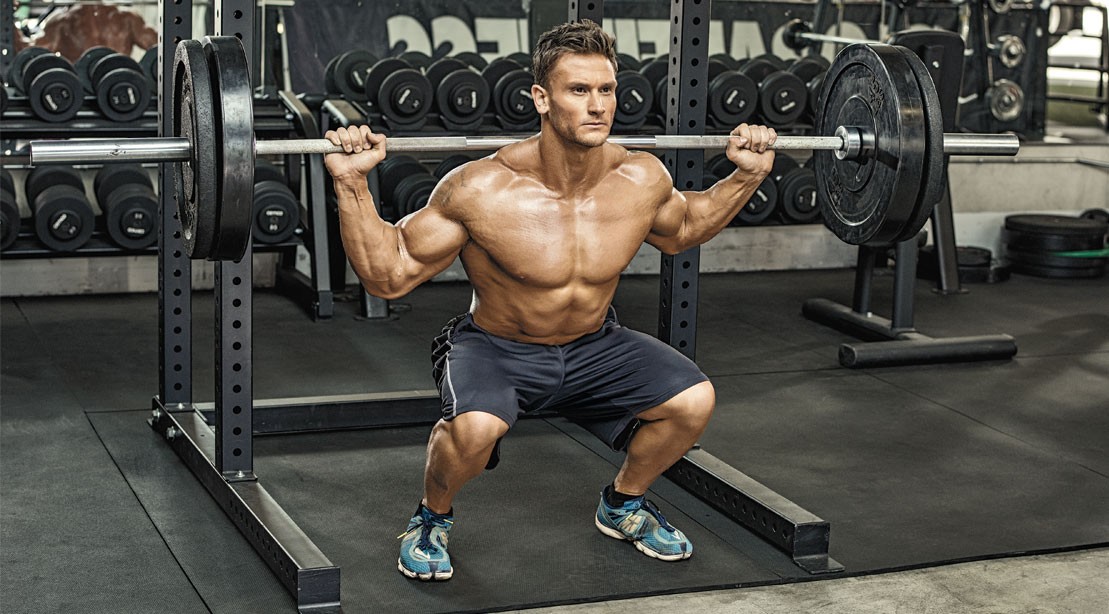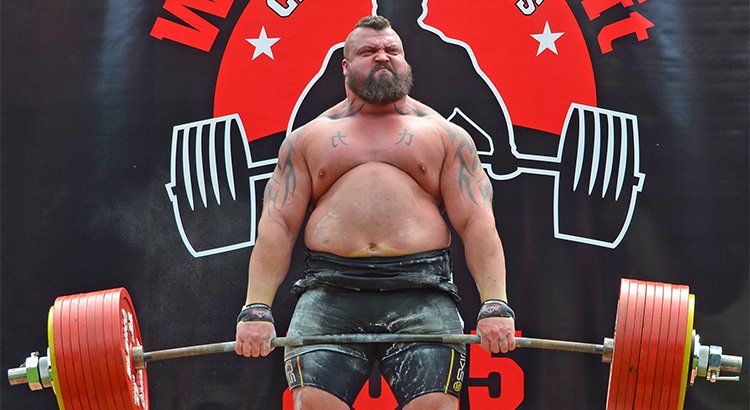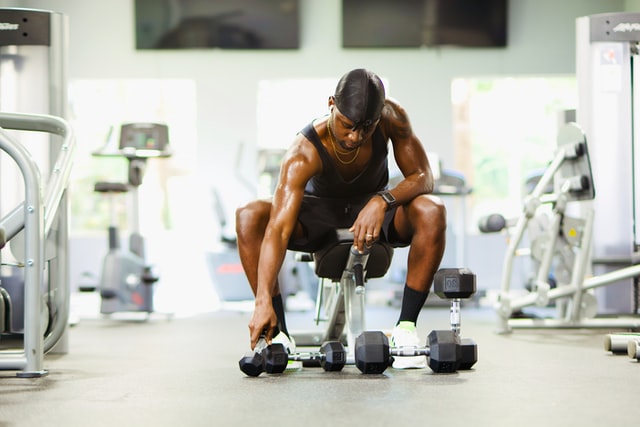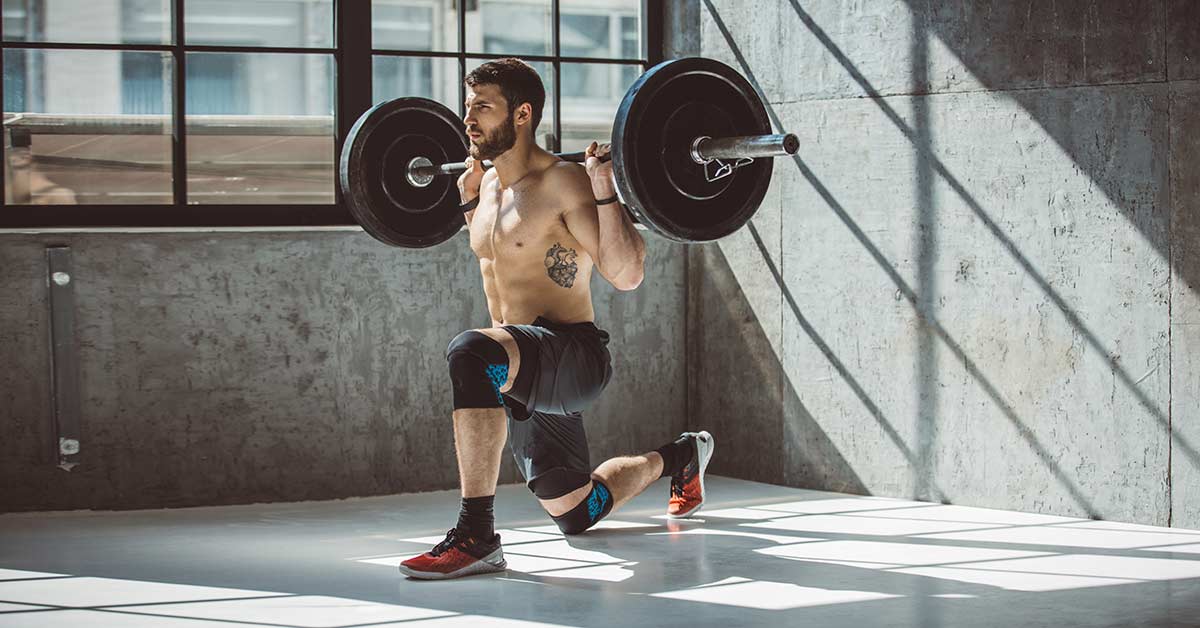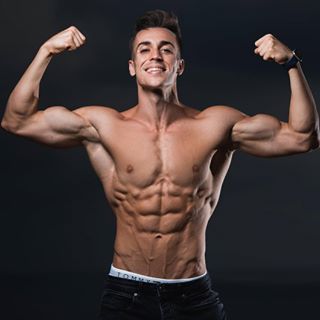Powerbuilding, not only to be strong but to appear so
If you don’t already know Fitenium is a free, mobile, video-based social network for athletes who train strength or bodyweight exercises. At Fitenium users can follow their performance, compete and get discounts in nutrition and sports equipment stores. Download it here.
For many people, when they started going to the gym, their goal was to gain muscle and get strong. Although they are two objectives that may seem to go hand in hand, and to a certain extent they do, there comes a time when you stagnate and stop making progress. Normally you respond to that stagnation by being more specific, you choose what you want to work on and you work for it. It is very rare to see strategies that seek to improve aesthetics and strength, but there is one and it is called Powerbuilding.
In Powerbuilding we seek to improve performance in the basics of Powerlifting: bench press, squat and deadlift while we do not lose sight of aesthetics and try to stay with a low percentage of fat and an aesthetic physique from the point of view of bodybuilding.
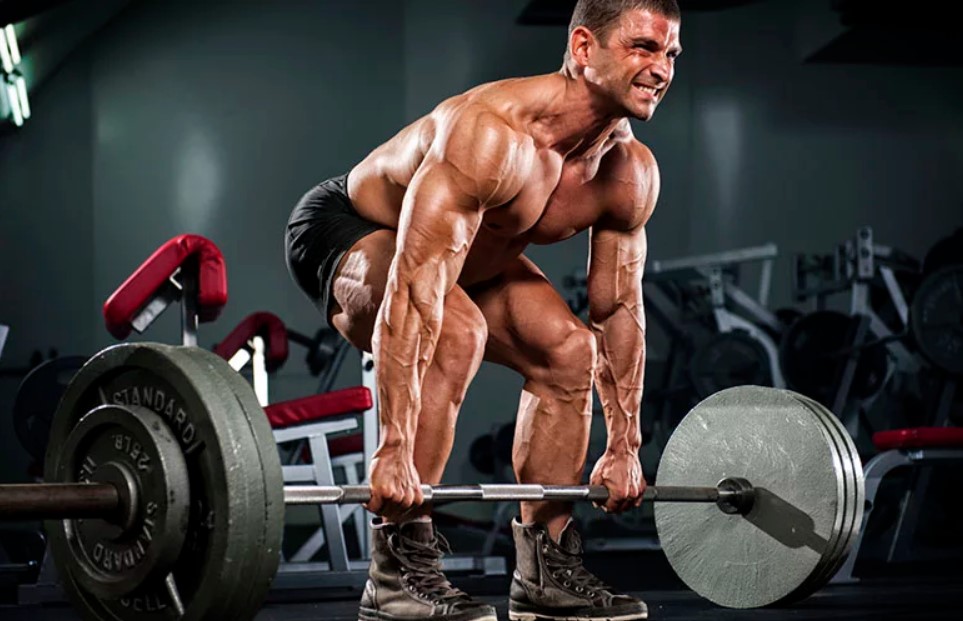
In general, in bodybuilding, the Bench Press and Squats are common exercises, but they are not performed in ranges that prioritize the development of strength, but instead seek to optimize muscle development. On the other hand, the Deadlift is even contraindicated for people who are looking for aesthetics, since some people think that it creates too wide a waist. However, when we train Powerbuilding we will do all these exercises with high frequency and in ranges of force.
On the other hand, in Powerlifting isolation exercises are not usually performed since all the training is focused on strength and it is not usual to look for strength in isolation exercises (it is even unsafe). In Powerbuilding we will also do isolation exercises to complete our training.
In general, a Powerbuilding routine will be divided into two blocks. The first will be the basic exercise focused on strength, and later we will do isolated exercises that complement the basic of the day.
There are plenty of reasons to try this approach to training. Historically it has always been said that high and low repetition training cannot coexist, but the reality is that heavy squats create a very advantageous environment for hypertrophy.
Powerbuilding routine
A simple example of a Powerbuilding routine would be the following, there are more advanced versions in which the priority between strength and hypertrophy undulates over time, but what we propose here is an initial approach to powerbuilding.
| Day 1: Strength Push, Chest, Triceps | ||
| Press Banca | 5 series | 5 repetitions |
| Dumbbell Bench Press | 4 series | 8 repetitions |
| Opening Dumbbells | 4 series | 12 repetitions |
| Skull Crushers | 4 series | 12 repetitions |
| Press Ingls | 4 series | 8 repetitions |
| Triceps Extension Pulley | 3 series | 12 repetitions |
| Day 2: Strength Pull, Back, Biceps | ||
| dominated | 5 series | 5 repetitions |
| Barbell Row | 4 series | 8 repetitions |
| pulley pulley | 4 series | 12 repetitions |
| Rowing Pulley | 4 series | 12 repetitions |
| Preacher Curl | 4 series | 8 repetitions |
| Curl Concentrate | 3 series | 12 repetitions |
| Day 3: Strength Legs, Calves | ||
| squats | 5 series | 5 repetitions |
| Barbell Lunge | 4 series | 8 repetitions |
| Curl Femoral | 4 series | 12 repetitions |
| Seated Twin | 4 series | 12 repetitions |
| standing calf | 4 series | 12 repetitions |
| twin in press | 3 series | 15 repetitions |
| Day 4: Strength Push, Shoulders | ||
| Press Militar | 5 series | 5 repetitions |
| Military Press Dumbbells | 4 series | 8 repetitions |
| Lateral Raises | 4 series | 12 repetitions |
| Front Raises | 4 series | 12 repetitions |
| Facepull | 3 series | 15 repetitions |
| Chin Up Row | 3 series | 15 repetitions |
| Day 5: Pull Strength – Leg Strength | ||
| Dead weight | 5 series | 5 repetitions |
| Deficit Deadlift | 4 series | 5 repetitions |
| Good morning | 4 series | 8 repetitions |
| Front Squat | 4 series | 5 repetitions |
| Hip Thrust | 4 series | 8 repetitions |
| Quadriceps Extension | 3 series | 15 repetitions |
This is a routine in which compound movements are trained in strength ranges and accessories in strength-hypertrophy ranges. We must bear in mind that not only the number of repetitions determines if you train for strength or hypertrophy. Tempo, technique, rest and intensity are very important variables to differentiate between the two.
Factors in Strength and Aesthetics training
Repetition Range: Different ranges have different effects on our body and can be summarized in the following table in a very general way.
| Rep Range | % 1RM | Effect |
| 1-5 repetitions | 85-100% | Strength, some hypertrophy |
| 6-8 repetitions | 75-85% | strength and hypertrophy |
| 9-12 repetitions | 70-75% | Hypertrophy and some strength |
| 13+ reps | 60-70% | Endurance, some hypertrophy, little strength |
Tempo: The speed of the lift changes dramatically between Powerlifters and Bodybuilders. Powerlifters may choose to train at a slower tempo to improve weak points in their lifts, but the goal and most efficient way is to lift fast and explosively.
However, for a bodybuilder there is not much reason to move irons explosively, as it increases the chance of injury while reducing the effectiveness of each repetition and it only serves your ego since you can get a few extra repetitions out of it. Muscles respond more to time under tension than to the number of repetitions performed, so slow tempo and even pausing at our weakest part of the stroke is how hypertrophy is maximized in our body.
Technique: There is no debate here, technique is extremely important for both bodybuilding and powerlifting. However, it is curious how the technique changes depending on the discipline we practice, let’s take the squat as an example.
When a bodybuilder squats, what he takes into account is the muscle division of the legs. They are likely to choose a narrow foot stance to target the quads and use a high bar to keep their spine as upright as possible. However a Powerlifter focuses on how easy it is to move the load. To do this, many Powerlifters will opt for a wider foot position since this way the glutes are involved more and also place the bar lower, resting on the scapulae, so that the lower back participates in the movement.
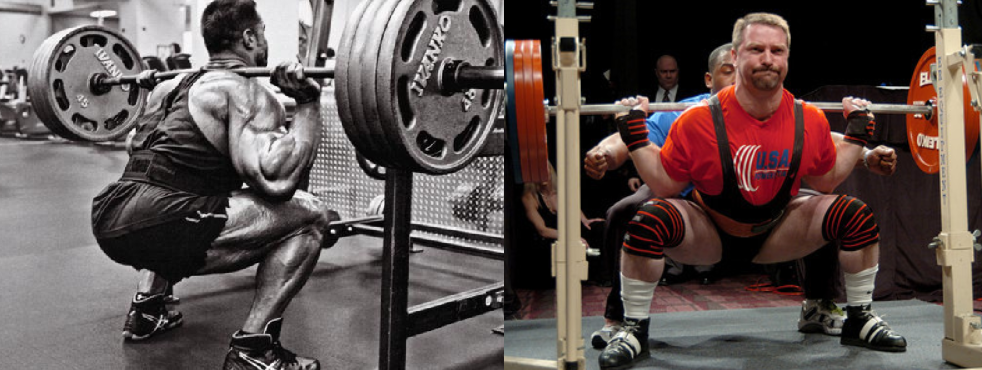
There are other similar examples such as the Bench Press in which Powerlifting athletes perform a lumbar arch to reduce the range as much as possible while bodybuilders seek a wide range so that the pectoral muscle works as much as possible.
Rest: this is another of the factors in which there are very wide differences between training for aesthetics and strength training.
In the strength block it is key to get enough rest between sets to recover the muscles. You usually rest between 3 and 5 minutes when we train strength, depending on sensations and the general advice is to rest until you feel ready to go for the next series.
However in bodybuilding, it is very important not to rest too much. Generally between 60 and 90 seconds is enough to maintain the tension and that each series breaks down your muscles more since we are not fully recovered from the previous series. It is very interesting to put our ego aside and move light weights with short rests, your muscles will grow more than moving heavier weights with longer rests.
Intensity – This is probably the most important factor, as it is vital for both Powerlifting and Bodybuilding routines. We must know how to play with it to improve with a Powerbuilding approach.
To put a mathematical variable to intensity use the RPE “Rate of Perceived Exertion,” which ranges from 1 to 10 based on the effort required to perform a lift.
| RPE rate | Type of activity | perceived exertion |
| 1 | Very light | Hardly any effort, but more than sleeping or watching TV |
| 2-3 | light | It can be maintained for hours, have a conversation |
| 4-6 | moderate | Shortness of breath, can hold a short conversation |
| 7-8 | vigorous | Uncomfortable, short of breath, barely saying a sentence |
| 9 | Very hard | You can barely breathe, so hard to hold or say a word |
| 10 | Maximum effort | Almost impossible to continue, short of breath, unable to speak. |
This concept underpins all Powerlifting routines as if you were to go for RPE 10 in all your workouts you would not be optimizing your strength gains as you would exhaust yourself very quickly and not be able to do an entire routine. On the other hand the possibility of injury increases dramatically. In normal training, we recommend maintaining an RPE between 7.5 and 9, reaching 10 in a timely manner and knowing that training will have to be shortened if we do.
On the other hand, when you train for bodybuilding, the effort must be maximum or near maximum in each of your series. While going to complete failure on every set can be dangerous, having an RPE of 9 or 10 depending on the exercise is what will make your muscles grow. For this, techniques such as Rest-Pause, Drop Sets or descending series are very efficient.
Conclusions:
Although in the United States Powerbuilding is already relatively well known, in Spain it has not been until recently when Youtubers and Influencers such as Brainbuilder or The Titan have begun to popularize this type of training.
It is clear that with this approach you will not be the best powerlifter or win bodybuilding competitions, but it is not unreasonable to think of Powerbuilding federations where both factors are valued and a competition is created for itself.
From Fitenium we encourage our readers to start in this discipline that combines the best of Powerlifting and Bodybuilding and that develops strong and aesthetic athletes since it is not mandatory to give up either of the two things.
Greetings and see you in Fitenium!

